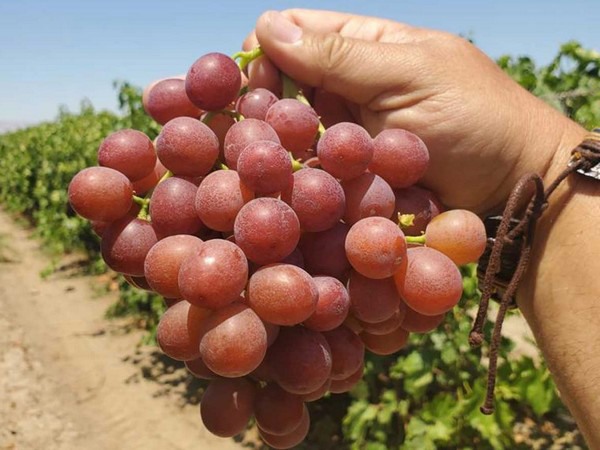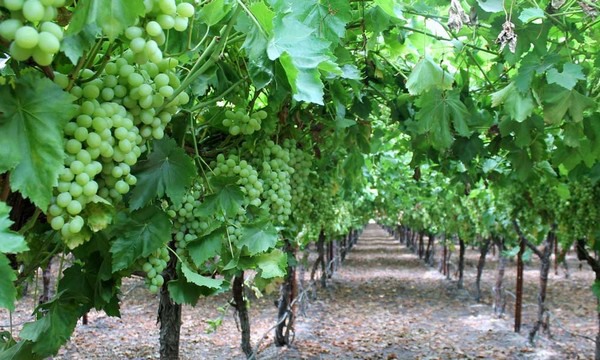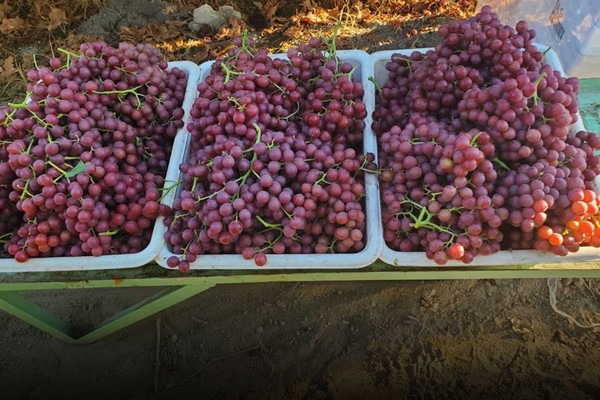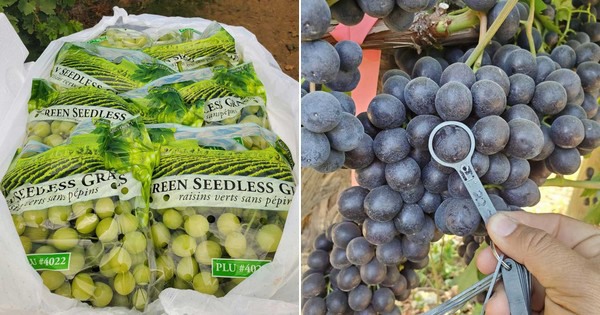In Chile, table grape season is starting slower and is 10 days later than last year says Ignacio Vidales, sales manager for Canada and Central and South America at Salix Fruits. “The supply of grapes continues to grow. Almost 90 percent of shipments have gone to the United States and to a lesser extent to Asia, Latin America and Europe,” says Vidales.

The harvest itself is expected to be eight to 10 percent less overall in Chile, largely due to the varietal change. “This 2022-2023 season, the new varieties are expected to exceed the traditional ones in volume,” he says.
Right now, traditional varieties such as Thompson, Flame and Sugraone are in production in northern Chile along with newer varieties such as Arra 15, Arra 29, Sugra 14 and 13. The season is expected to end with Red Globe.
Shifting regions
“Currently, the main volume comes from the northern zone of the country, from the third and fourth regions and in approximately 10 days, we should see fruit from the central zone of Chile and end with production from the sixth region mainly,” says Vidales.

As for pricing, he says the supply values are similar to last year with a slight decrease in the values of the traditional varieties. “The main challenge as a country is to reach the markets with higher prices early, without neglecting the quality and condition of the fruit, thus avoiding possible rains in April,” he says. He adds that demand has started out strong in the U.S. and demand for new and traditional early varieties has also been growing from Asia, Latin America and Europe.
At the same time, the value of maritime freight has decreased a bit which allows Salix to offer products to markets that were more difficult to reach last year.
South African production
Over in South Africa, following initial heavy rains in the northern part of South Africa, supplies have normalized. Right now, Limpopo, the Northern Cape and Namibia are all supplying grapes and the Hex River in the Western Cape has just started its season.

“The second harvest estimate from the South African Table Grape Industry shows an eight percent lower than the original estimate--the original estimate was for 71.5m cartons (4.5kg). Based on this, overall harvest is expected to be 15 percent lower than the 2021/2022 harvest,” said Shaun Swart, country manager for South Africa at Salix Fruits, noting that the early production areas could be down as much as 30 percent.
Varietal notes
In terms of varieties, Sugraone, Flame and Sable are being packed while some growers in Namibia are packing IFG varieties already. Other varieties shipping include Midknights and Crimson Sugra 35. The season will also end in April with Red Globe grapes.
The majority of the South African grapes have gone to the United Kingdom and the European Union for wholesale and retail programs. Challenging shippers is a punnet shortage in South Africa so most producers are only packing 4.5 kg. loose packs.

“As for pricing, it’s similar to last year. However, expectations in the Middle East were far lower than the normal opening prices for the season. This could be because of late Lebanese grapes still being in the market,” says Swart. “Pricing out of the Middle East has picked up so a normal supply there should be possible.”
 For more information:
For more information:
Salix Fruits
goodnews@salixfruits.com
www.salixfruits.com
